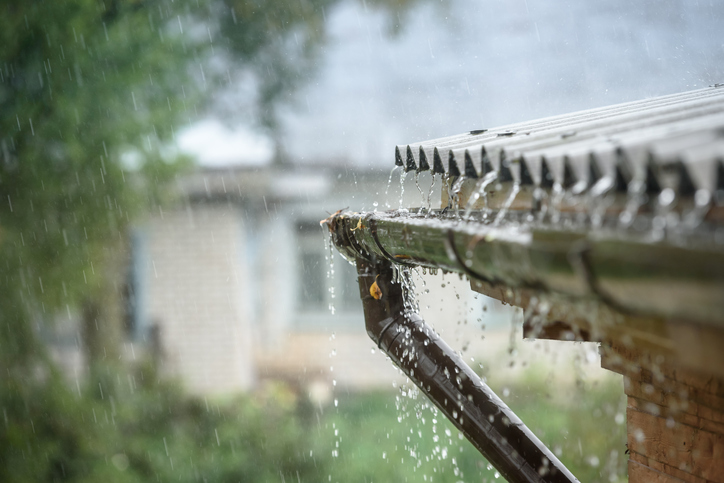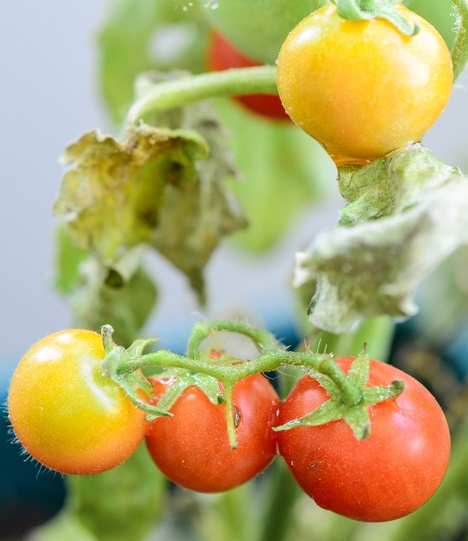Rainwater Harvesting Advice
Reading time: 8 minutes
What can harvested rainwater be used for?
The use of rainwater isn’t just limited to watering the plants, there are many other things you can use rainwater for. Below we list the main uses for domestic and commercial settings:
Domestic
-
Laundry
-
Gardening
-
Flushing toilets
Commercial
-
Flushing toilets
-
Land irrigation
-
Vehicle washing
-
Cattle drinking water
What are the benefits of rainwater harvesting?
The most obvious benefit of using a rainwater harvesting system is the money-saving element - using the rainwater instead of mains water for non-potable uses. This will be particularly beneficial for larger commercial buildings.
Although the initial outlay could be quite high, depending on which type of system you use, it’s worth considering it as a long-term investment. It could be a few years before you see a financial benefit, but worthwhile when the cost of the system is paid off.
In addition to the financial savings, using rainwater instead of mains water will help reduce the risk of flooding and, in a world with an ever-growing population, relieve some of the demand made on water companies to produce more mains-supplied water - in turn, this will help to keep down the cost of water we need in our homes and businesses.
- Domestic
- Commercial
Using garden water tanks and water butts
The easiest, and cheapest, way to collect rainwater in your garden is by simply using a water butt. What you intend to do with the collected rainwater, and how large your garden is, will determine which size of container would be best for your needs.
Where’s the best place to put my water butt?
Thes ideal place to position your water tank is next to a building that has guttering, such as your house, garage, garden shed or outbuilding. You can then direct the downpipe into the water butt to get the most from the next rainfall. Trying to capture the rain directly into the tub itself will take a very long time to fill!
Water butt sizing
The capacity of a water butt for home use is typically from 100 litres up to approx. 3000 litres. So depending on how much space you have to house a water butt, may limit you to the size you choose - you can also link up several containers to really make the most of the British weather!
You can find larger, industrial sized versions that go up to a whopping 30,000 litres, which would suit large landscaped gardens or smallholdings for land irrigation, crop spraying, groundskeeping jobs or used to hold water for animals.
The size you choose will also depend on how many plants, fruits and vegetables you intend to keep watered. Below are a few examples of what you may water and approximately how much water would be needed for a day throughout the summer months:
-
Medium-sized window box or hanging basket - 1 - 1.5 litres
-
2 meter-squared flower bed - 3 - 4 litres
-
Standard-sized tomato growing bag - 2 litres
How long can I store rainwater for plants?
There is no exact limit to the length of time water will stay fresh, but there are things you can do to help reduce the risk of bacteria and algae growth.
-
Cover the top of your water butt with a lid, filter or fine mesh to stop debris and wildlife from falling in. This will also deter the occasional mosquito from laying their eggs and contaminating the water.
-
Clean the water butt once a year - you may find a build-up of organic matter at the bottom!
-
Rotate your containers used to collect water, if using more than one - this will help reduce the build-up of bacteria
-
Place the water-storage container in the shade where possible - again, this will help reduce bacteria production - bacteria loves warm environments!
-
Ensure guttering is kept clear of any debris that may find its way into the container
-
Use the stored water as often as possible so it doesn’t stand for too long
-
Try avoid using rainwater on seedlings, as the water can cause fungal disease if the plant isn’t fully established
Rainwater harvesting methods
There are a few different ways, other than the everyday water butt, for collecting water. Here we give you insight into the main ones available on the market, so you can best decide which option would work for you.
- Direct Pumped Water System
- Gravity Water System
- Indirect Water System
We hope you found this article interesting and have learnt a little more about rainwater harvesting and water storage. Come back for more advice and inspiration with our gardens & landscaping ideas.
Disclaimer: The information contained on this page is intended as an overall introduction and is not intended as specific advice from a qualified professional. Travis Perkins aims to avoid, but accepts no liability, in the case that any information stated is out of date.












